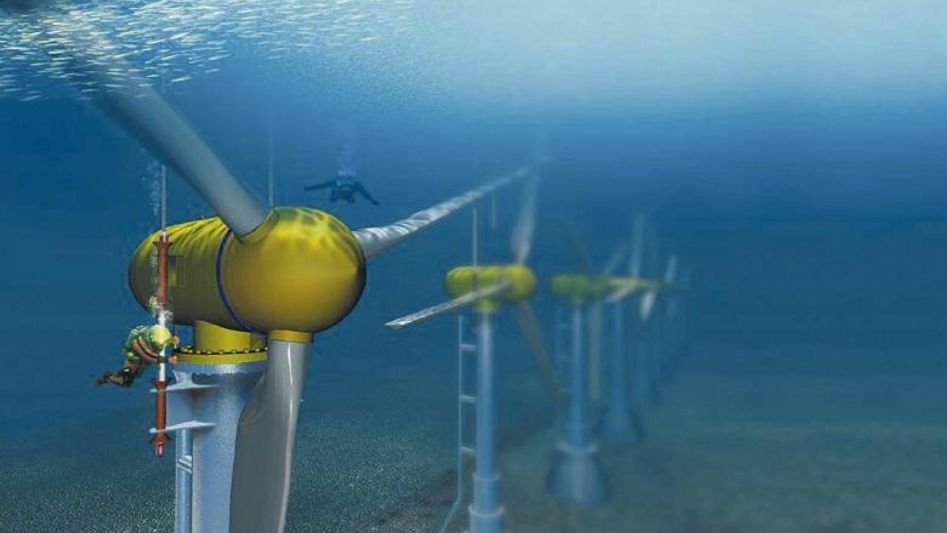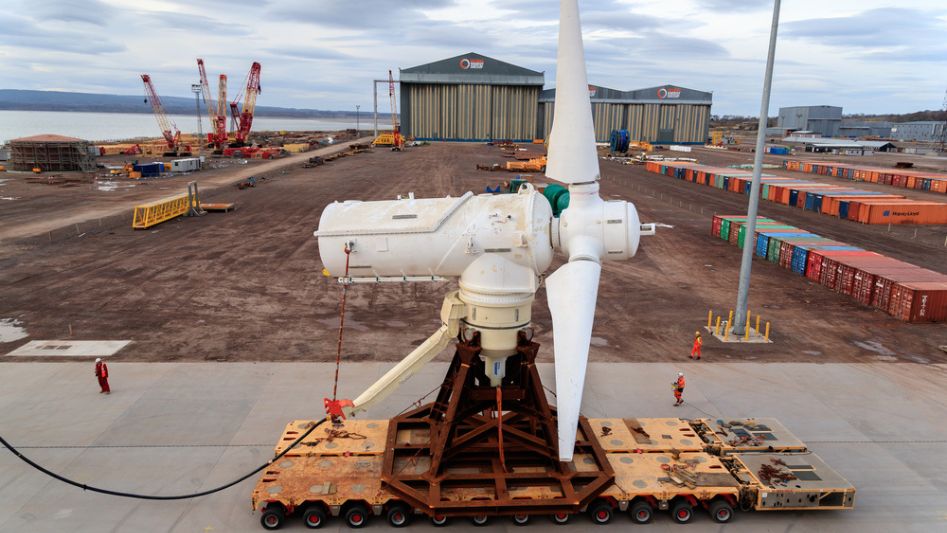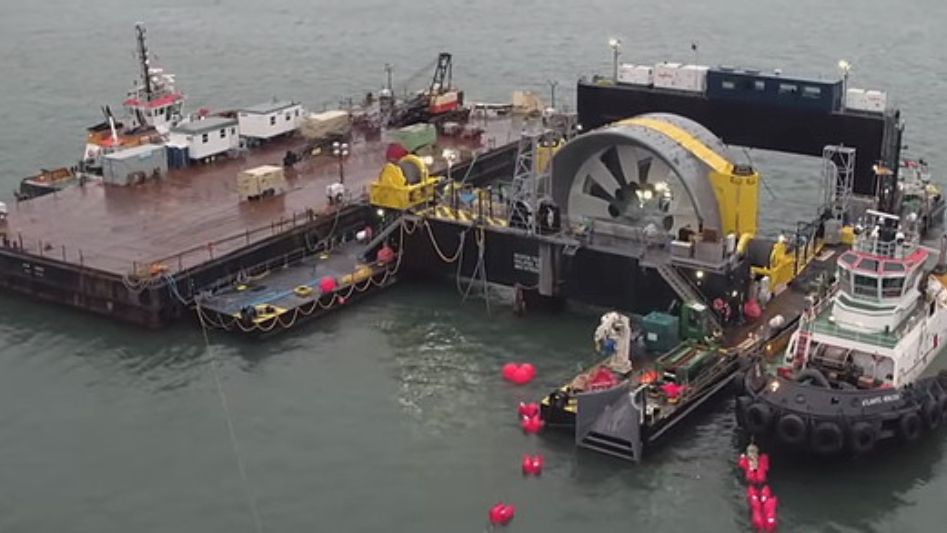Tidal power is one of the major renewable energy sources, but also one of the most infantile. Here are some tidal energy advantages and disadvantages to consider.
Table Of Content
- Introduction
- What are Tides?
- What is Tidal Energy?
- Generator of Tidal Energy
- Advantages and Disadvantages of Tidal Energy
- Conclusion
- FAQ
- You May Also Like
- External Links
The development of life on earth is dependent on the availability of energy. On the other hand, a significant proportion of the energy that we use now originates from resources that are not replenishable. This suggests that once they have been depleted, there is no way for them to be restored. Fossil fuels, which have been around for millions of years and are still a significant contributor to the world’s energy needs, are the most significant and widespread nonrenewable energy source. As a result, it is essential to make prudent use of themilability of energy. On the other hand, a significant proportion of the energy that we use now originates from resources that are not replenishable. This suggests that once they have been depleted, there is no way for them to be restored. Fossil fuels, which have been around for millions of years and are still a significant contributor to the world’s energy needs, are the most significant and widespread nonrenewable energy source. As a result, it is essential to make prudent use of them. Because of this, we have to search for other sources of information. It is common knowledge that many types of energy may be found in the natural world and that energy cannot be generated or destroyed. On the other hand, it is capable of being transformed into another form. It is possible to transform the energy that comes from natural sources such as the sun, the wind, the waves, and the tides into a form that can be used. Tidal energy is an example of one of these types of renewable sources of energy.

What are Tides?
In conjunction with the rotation of the earth, the gravitational pull of the sun, moon, and other celestial bodies causes the sea level to rise and decrease at regular intervals. It often takes place twice in a single location during the course of a lunar day. The term “high tide” refers to when the water level is at its highest, while “low tide” refers to when it is at its lowest. When the earth’s gravitational field and the moon’s gravitational field are aligned in a straight line, the effects of these two fields become extremely powerful and force millions of gallons of water to flow towards the beach, which results in a phenomenon known as high tide. In a similar manner, when the gravitational fields of the moon and earth are aligned in a direction that is perpendicular to one another, the effects of these fields are at their weakest. This results in the water moving away from the coast, creating a phenomenon known as low tide.
When the moon is in a position where it is perfectly aligned with the earth and the sun, the gravitational attraction that the sun and the moon have on the earth is amplified, which causes the high tides to be much higher and the low tides to be significantly lower during each tidal cycle. This ailment manifests itself either during a full moon or a new moon. “Spring tides” are the name given to these types of tides. In a similar fashion, another tidal condition occurs when the gravitational attraction of the moon and sun are in opposition to each other, which cancels out the effects of both bodies. As a consequence of this, there will be less of a difference between the high tide and the low tide as a direct result of the reduced pulling force exerted on the saltwater by the gravitational field. This will ultimately lead to tidal waves that are less strong. Neap tides are the name given to tides that are very low. When the moon is in its quarter phase, we see neap tides.
What is Tidal Energy?
Tides are a frequent phenomenon. They are able to be forecast many months or even years in advance. Because of this, the energy that is created by such a significant flow of water may be captured and transformed into a type of energy that can be used.

Generator of Tidal Energy
“Tidal energy” is the name given to the power that may be extracted from the rise and fall of the tides.
A tidal barrage or dam may be built across an entrance to the sea that is very limited in size. When the level of the sea rises, water pours through the dam in a torrent. The blades of the turbines, which are connected at the entrance of the dam, are moved as a result of this. The production of electricity is the end outcome of this process.
Advantages and Disadvantages of Tidal Energy
The following is a list of some benefits of tidal energy:
- Environment-friendly
- A source of energy that is particularly reliable.
- A high packing density of energy
- The costs of operation and maintenance are kept to a minimum.
- A source of energy that can never be depleted
The following is a list of some of the drawbacks associated with tidal energy:
- The costs of building tidal power plants are quite high.
- The damaging effect on the many aquatic life kinds
- The geographical limits
- The fluctuating strength of the ocean’s waves
Tidal energy has the potential to be a source of power production in the future, despite the fact that it is not commonly used. The disadvantages of tidal energy, in comparison to other forms of renewable energy, are its relatively high cost and the restricted number of locations that are available for development. There is, however, reason to be optimistic about the future of tidal energy production. Recent technical breakthroughs provide evidence that the economic and environmental costs may be brought down to levels that are comparable to those of competing energy sources.
Conclusion
Everyone is well aware of the power that water has. The quantity of energy that it creates is incredible, and it can be seen everywhere, from flowing rivers to the tides of the ocean. This is an abundant supply of energy, and one that may be able to assist us in altering our behaviors. There is as much as 96.5% of the water on the planet found in the seas, which makes up 71% of the total water on the planet. As a consequence of this, we should unquestionably make efforts to harness it as a source of energy. Tidal energy will become less of an untapped resource as time goes on and as technological advancements make it increasingly important for us to reduce our environmental impact. When it comes to tidal energy, then, the question shouldn’t be “if,” but rather “when.”

FAQs
Why do we have tides?
Tides are waves that travel across the ocean for extremely long periods of time and are caused by the gravitational pull of the moon and sun on the water. Tides have their origins in the ocean and move toward coasts, where they manifest as a periodic rise and fall of the water’s surface. Tides are also known as ebb and flow.
What exactly is the tidal force?
Tides are a frequent phenomenon. They are able to be forecast many months or even years in advance. Because of this, the energy that is created by such a significant flow of water may be captured and transformed into a type of energy that can be used.
What do you consider to be the most significant drawback of tidal power?
The significant initial investment required by tidal energy projects is one of the most notable drawbacks associated with this kind of energy. Because of the greater weight per unit volume of water, turbines used to generate tidal energy must be far more robust than wind turbines. The amount of money needed to build a power station that uses tidal energy might vary greatly depending on the technology that is used.
You May Also Like
- WHAT IS HYDROPOWER AND HOW DOES IT WORK?
- ENERGY STORAGE IN THE OCEAN: HOW IS THAT EVEN POSSIBLE?
- CO2 DIRECT AIR CAPTURE: PROS AND CONS
- CAN SMALL NUCLEAR REACTORS SAVE US FROM A WARMING PLANET?
- HYDROGEN ON DEMAND FOR VEHICLES
External Links
- Riding the renewable wave: tidal energy advantages and disadvantages
- Tidal Energy Advantages And Disadvantages
- Tidal Energy: Advantages, Disadvantages, and Future Trends
- A guide to tidal energy: how does it work, and what are the advantages?
- Tidal Energy Advantages And Disadvantages: Present & Future!
